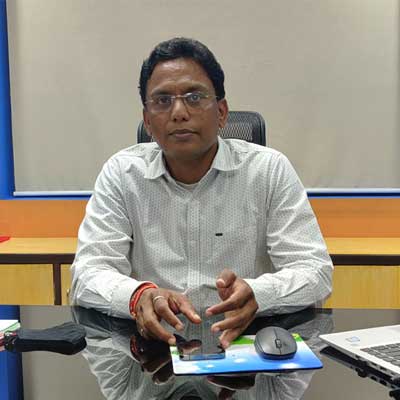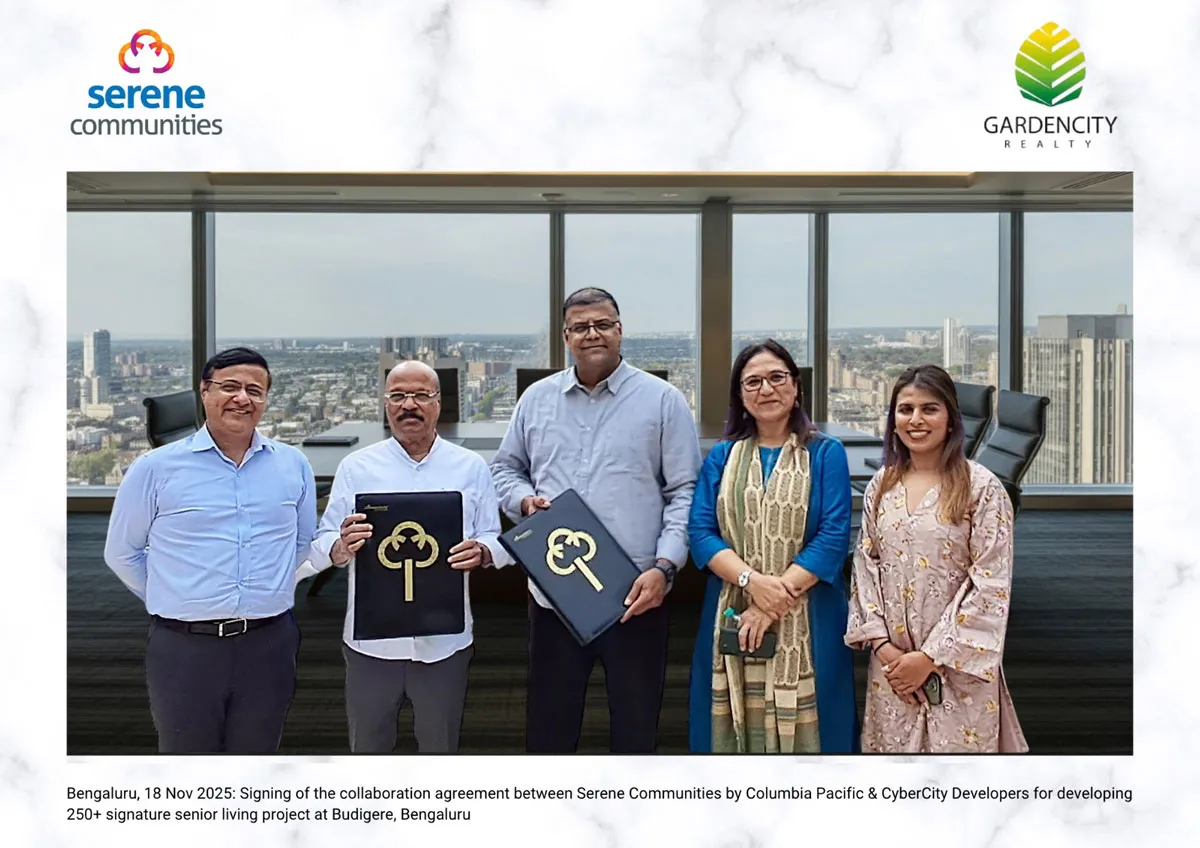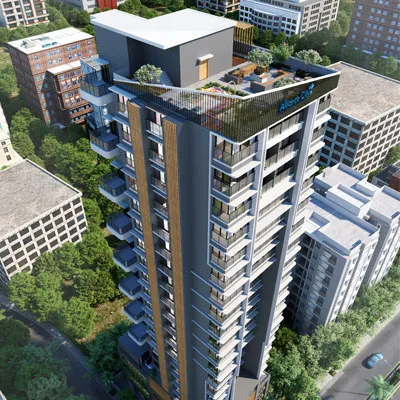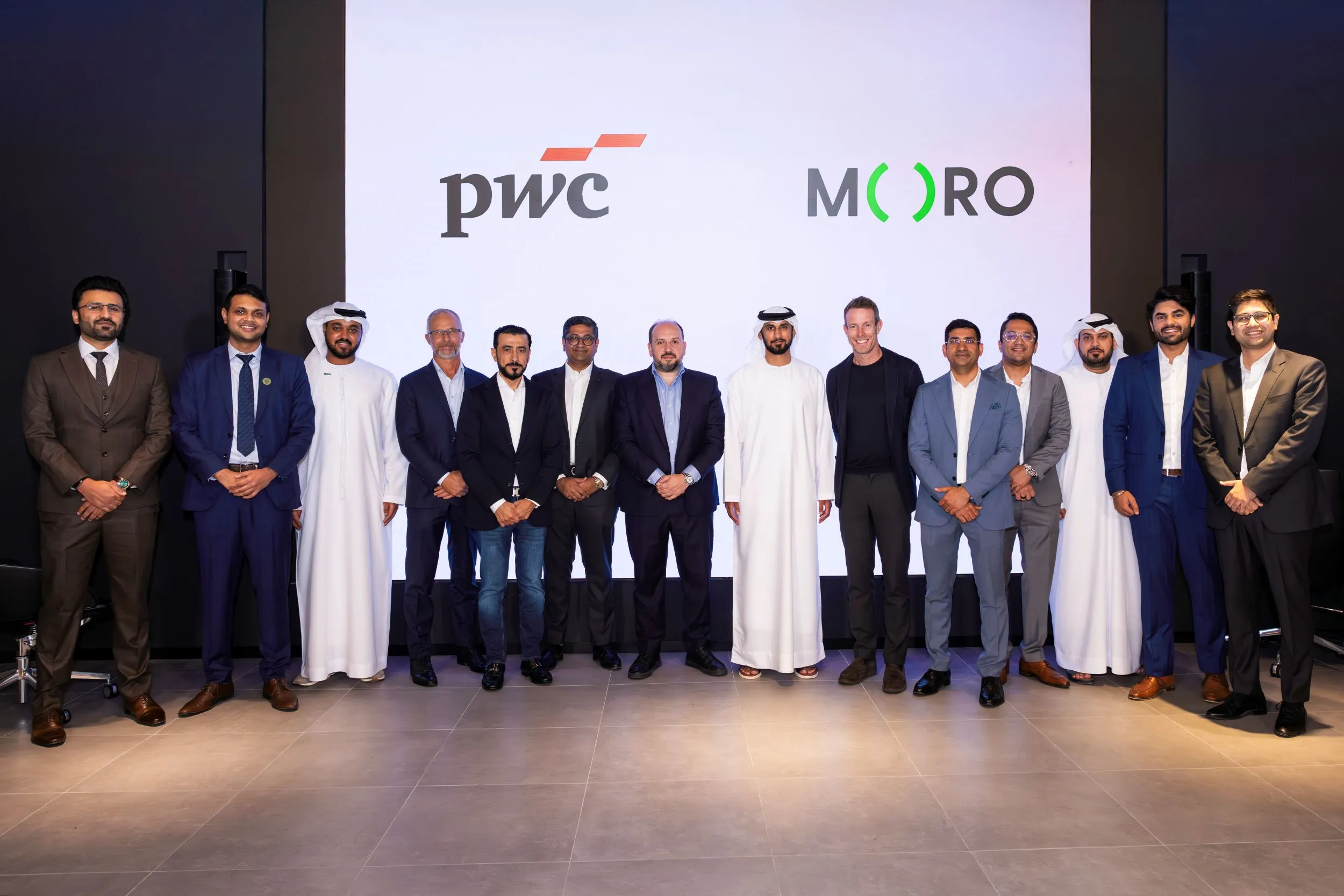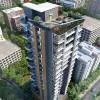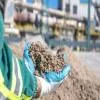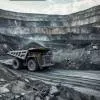Dalmia Cement is undertaking certain initiatives to maximise the solar power
generation on a pan India basis. By 2030, the company would be using
100 per cent renewable power, says Ganesh Jirkuntwar, National
Manufacturing Head, Dalmia Cement (Bharat).
What kind of supplementary materials is being used at Dalmia plants and at what proportion? What are the biggest advantages of using blended cement?
At Dalmia, we are working towards maximising our blended cement across India. Our blended cement comprises 3 cement categories-- Portland Pozzolana cement, Portland Slag cement, and Portland composite cement. Our Portland Pozzolana cement consists of fly ash, whereas Portland slag cement comprises materials like slag, granulated and blast furnace slag. The third category- Portland composite cement is a combination of fly ash and slag.
Geography-wise, in East India, we have 100 percent blended cement, which is basically, Portland composite cement and Portland slag cement. Moreover, on a requirement basis we produce PPC also. In our South India plants, we produce PPC as well as OPC (with special grades) based on certain requirements. And in the Northeast, we have Ordinary Portland cement (OPC), which doesn't have any supplementary material and PPC, which are blended ones.
The main advantage of the blended cement is that it is most useful in meeting the ESG goals. Blended cement helps in reducing energy consumption. For example-the main component of cement is clinker, which uses limestone. About 95% of your clinker’s raw material is limestone. So naturally, our main objective is to reduce the amount of clinker in producing cement. That’s where the role of blended cement comes into the picture. In our Portland slag cement, our clinker consumption is less than 35-36%, whereas in our Portland composite cement, our clinker consumption is less than 40%. In Portland Pozzolana cement, our clinker consumption is less than 65%. Our fly ash consumption is 35% in PPC and in composite cement, slag and fly ash comprises more than around 55% to 60%.
How does SCM help in improving the strength of concrete? What are the other benefits?
Ultimately, what we need to look at is the properties of the concrete because whatever cement you use, the final product is the concrete. So, these materials also allow the concrete producer to design and modify the concrete mixture to suit their requirement. It’s a fact that when you have a higher clinker percentage added, you get stronger cement. The same thing supplementary cementitious material does. It basically reduces the permeability, increases the strength, also influences other concrete properties like mitigating the alkali reactivity and improve the overall hardened properties of concrete through hydraulic or pozzolanic activity or both.
Some customers may experiment with different admixtures to gain the desired strength. This further helps us in reducing the overall cost of cement and also of concrete.
So, our main goal is to reduce the carbon footprint and continuously carry this forward by increasing this blended cement.
You mentioned about SCMs helping in reducing costs to the company. Could you tell us what is the cost reduction percentage?
Roughly, it will be an overall cost reduction of 15% to 20%, which is a good number. We feel proud to say that Dalmia has the lowest carbon footprint in the world. We are around 490 kg CO2 per tonne of cement produced whereas the global average is around 800 plus. So, that is the main advantage of using the supplementary cementitious material. By utilising waste materials, we act as waste disposal partners for the power and steel plants. If you look at the fly ash, it is pure waste and a pollutant. If we don't consume it, they will landfill, or they will have to store it in ash ponds, which further creates pollution.
Storage and logistic could be a big challenge. What are your thoughts? How can we meet those challenges?
Transport and storage: Not only this material but the transportation of any material is a challenge in India. I must say that this government is really working on developing those kinds of infrastructures. Particularly, if I tell you about the fly ash, it's a fine material & you need a very specialist transportation medium for transporting this. Like we use close body bulkers, and it's pneumatically loaded and offloaded also. Obviously, the transportation cost is a bit high compared to the normal transportation, particularly for fly ash, and on top of it, I think, now with the support from Indian railways, we have started transportation of conditioned fly ash, which has around five to 6%, maybe maximum 10% moisture and also, we are able to transport the condition fly ash by rail to longer distances. Cement industry also have to create storage sheds for slag which needs investment.
Cost: Cement companies are helping power plants in disposing of the waste material and we are the ones paying for the transportation cost. This really needs to be rectified, where the cement industry who is basically helping them to dispose of their waste, should get the benefit of it.
Also, we have to create facilities/infrastructure for storage, now, we have to have fly ash storage silos, we have to have a shed for the slag storage, and it’s a cost to us. So, how do we mitigate the impact of that investment? Ultimately, it goes to the customers. On one side, we have a responsibility to ensure that the customer gets the lowest cost product, but at the same time, we also need to look at the overall profitability of the business. So, on one side, we are ready to work with these industries to dispose of, but at the same time, we also expect that we will fulfil our responsibility towards customers by giving them the low-cost high-quality products.
Storing SCMs need a good infrastructure cost. Could you explain us what kind of storage and storage cost is involved?
For consuming this material, whether it is slag or fly ash, cement companies also have to invest in infrastructure. For example- to consume this pond ash, I must have a hot air generator, I have to spend maybe roughly, around Rs.100 a tonne for consuming this, even though I get it at zero cost. We need to build the concrete silos for storing the fly ash, as it is very fine and can’t be stored in open. The same is the case with slag, which can’t be stored in open because when it gets exposed to moisture which creates a problem in the process and also on the quality of the cement. So, we have store slag and fly ash properly so that when we use these in the process, it gives us the right quality of cement.
We are helping to create an environment-friendly ecosystem, but at the same time, we also need to look at the cost economics. So, that's why we are really expecting that government will do something about it, and I think the pollutants to pay principle will be applicable. To give an example- In the western country, if I have to dispose of my car tyre, I have to pay for it. So, those kinds of principles will definitely motivate the consumers like us who are ready to dispose-off this kind of pollutant.
Do you think we lack in monitoring regime of utilisation of SCMs and do you think there should be proper regulation around it?
The government of India has come up with a regulation where it is mandatory for generators to ensure that the proper disposal is being done. But I think our objective is to ensure that it is properly disposed of and it doesn't create any issue for our generations to come. Now, if I take a case of fly ash, if we allow the landfilling, we are just resolving the problem on a short-term basis, not on a long-term basis. I think it is really important for us to ensure that the landfill is minimised. Moreover, if you allow landfills, how much land is required is also a consideration we need to look at. It is not a matter of few years. It is a matter of decades. So, I think it is really important for the agencies to ensure that this fly ash and slag are disposed of in such a way that it doesn't create a long-term liability for the generations to come.
The second part what you said is the monitoring, I think definitely there is a need for improvement in the monitoring mechanism because I think we have the regulations, but it's really important, how do we implement it on the ground, there are loopholes, and I think the government or the agency should come with very stringent criteria of this disposals and I think there also has to be a mechanism for ensuring the compliance, there should be the audit mechanism where the non-compliances are brought to the notice of right people. I feel there should be a heavy penalty because it is not about just running the industry, but it is about taking care of our people. We can't really expose our people to a hazardous environment.
The industry plan is to increase TSR up to 30% by 2030? Could you tell us about Dalmia’s initiatives in this area and plans to increase TSR levels?
If you look at the overall Indian cement industry, I think everybody is after reducing their carbon footprints. The industry is well aware of the requirements as well as the repercussions if we don’t do it. Everybody in the industry is opting for the best solutions such as solar power, and the waste heat recovery. As part of our grey to the green roadmap, the first strategy (which I already covered) is on how do we maximise the blended cement proportion in our overall product mix.
Secondly, as part of our RE 100 mission, by 2030, we would be using 100% renewable power and we also have a plan to double our energy productivity by 2030.
Thirdly, we have a plan to go up to 30 to 35% TSR by use of green fuel (AFR) and as part of that initiative, we have also initiated to have the chlorine bypasses in our couple of plants to maximise TSR% with high chlorine content AFR. Currently, we are focusing on solutions at our plants to maximise the green fuel. When I say green fuel, it is TSR percentage and not only that, we are also looking at the carbon capture techniques, which means how we utilise the carbon whatever we are emitting, how can we capture that to make the value-added products. So, it is in a very initial stage, but I think subsequently we will continue to work on it. As far as the electricity is concerned, we have taken a decision that no plant comes without the waste heat recovery system. Also, we are not looking to have any fossil fuel thermal power plant, so, every integrated plant will have a waste heat recovery system.
We are going very aggressive on solar power. We have certain initiatives, which we are aggressively working on to maximise the solar power generation on a pan India basis. We are also discussing with the various government agencies if we can get a land or a wasteland where we can have the solar power installations so that we can reduce the percentage of power generation from thermal power plants. So, I'm positive that whatever targets Dalmia has taken, will achieve within estimated timeline.
What are the key challenges the cement industry in India faces today in terms of SCM sourcing, storage, and logistics?
Our ambition is to go to 100% blended Cement Pan India. So, the first and foremost hurdle is the availability of supplementary cementitious material at the lowest possible cost. So, that is the main hurdle and if the government can help us in getting that material at negative costs, I think that will make our life easy and we will be able to move aggressively towards achieving this 100% blended cement goal.
Secondly, today every cement manufacturer is manufacturing composite cement. Increasing SCM proportion by BIS will help us in improving the blended proportion in our product portfolio. This will be an advantage not only for us, but for the entire cement industry.
The third thing on our transportation side, as transporting this material is not that easy task. So, what can be done in creating those kinds of infrastructure which will reduce the cost of transportation of these materials, which will ultimately reduce the cost of production and then that benefit can be given to the customers.
Another challenge is the electricity cost. Today, every industry is investing in the waste heat recovery, it's an expense, we are using our investment for generating power, but we are being charged the electricity duty. Similarly, with solar power, companies have to wait for various kinds of permissions for synchronising it with the grid. Though it’s a small thing but still it is high time-consuming activity.
So, I think policies around this should be a bit more user-friendly. This should be relaxed, so that the companies are motivated to adopt latest green techniques for power generation. I don't see a reason for having the electricity duty on a waste heat recovery generated power. These kinds of bottlenecks should be removed to encourage green initiatives by the industries.
What best practices or changes in policies/regulations would you suggest for better utilisation of SCMs?
Cement plants are contributing to the environment by consuming fly ash, slag, AFR and also reducing pollution. We are helping the steel and power plants to reduce their carbon footprint because we are directly consuming the wastage material. In near future, we may have regulations wherein even if you are landfilling, you have a lifelong liability, anything that happens, you are ought to be responsible for the material you are landfilling.
Unutilised waste materials like fly ash are a huge problem for the power plant, for the public and also for the government. We cannot store these pollutants, but if we have an option to dispose of them directly, we are indirectly helping these industries in reducing their liability.
I would really want to see happening in India is to bring a lot of focus on the proper processing of alternate fuels like it is been done in North America and Europe. For instance, let's take the case of municipal waste- the cement industry is ready to consume that material and I must tell you this cement kiln is the only best incinerator for these kinds of materials. Any other incinerator cannot be as effective as the cement kiln. So, there needs a lot of attention in the processing of this municipal waste at the source level, and government should help us in creating infrastructure for proper processes so that the consumption can be maximised. For example, whatever municipal waste we get is not properly processed, you have lot of clay, high moisture & a lot of unnecessary material which creates a problem and ultimately that reduces the quantity of consumption. So, I think government can create those kinds of subsidies or support for creating facilities where these materials can be processed. We should take lessons from the UK or the US, where these kinds of processing facilities exist.
Any last thoughts you want to share?
Dalmia, as a group is committed to green initiatives in every aspect, whether it's our product or whether it's our processes, or whether it's our systems or even the people. Every plant at Dalmia has a stamp of being green, whether it's east or north-east or south, and we will continue to work on that. On the waterside, we are water positive overall. As a group, we are very aggressive in conserving water as well as creating that infrastructure whereby we can store the water and help the community service.
Our managing director is the ambassador for sustainability. We are proud of being the lowest in our carbon footprint in the globe, we will further continue to get it down. Our mantra is, ‘clean and green is profitable and sustainable'.
